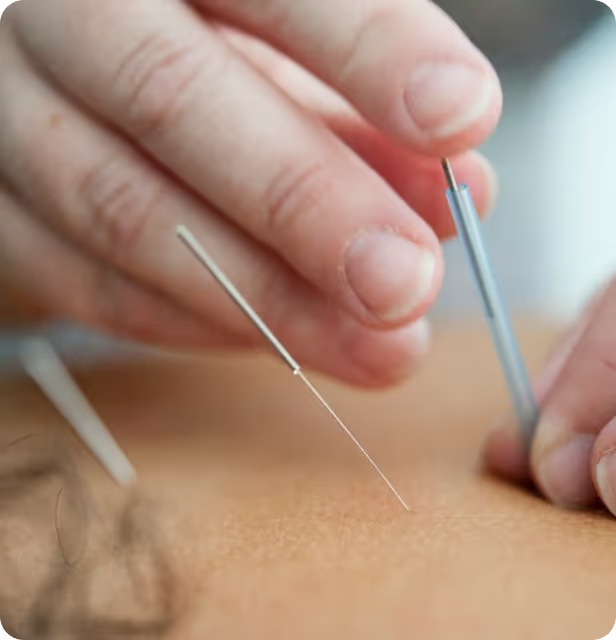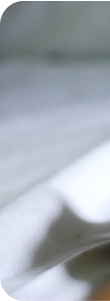If you live with chronic pain, you know how maddeningly unpredictable it can be. One day, it’s a sharp ache in your shoulder; the next, it’s a dull throb in your hip. You might experience sudden bouts of dizziness, muscle spasms that come out of nowhere, or skin rashes that appear and vanish without a clear cause. When symptoms move and change like this, it’s easy to feel like you’re chasing a ghost. This unpredictability is one of the most frustrating aspects of conditions like fibromyalgia, arthritis, and chronic migraines.
What if this changeable nature wasn't random at all, but a key clue to understanding the root of your health issues? In Traditional Chinese Medicine (TCM), it is. For thousands of years, the ancient text known as the Huangdi Neijing (The Yellow Emperor's Inner Canon) has described a powerful disruptive force that mirrors these exact qualities. It calls this force "Wind" (风) and names it the "leader of a hundred diseases." Understanding this ancient concept can be a game-changer for anyone seeking holistic health and lasting chronic pain relief.
What Is "Wind" in Traditional Chinese Medicine?
When a TCM practitioner talks about "Wind," they aren't just talking about the weather. They are describing a specific type of energy and a category of symptoms. Think of it like a draft getting into your house through a cracked window. This invisible force of change can sneak past your body's defenses and stir up trouble inside, causing symptoms that are sudden, shifting, and hard to pin down.
The Huangdi Neijing says that Wind is "good at moving and changes frequently." This is its defining characteristic. In a diagnostic sense, "Wind" is used to describe any symptom that has these qualities:
- It moves: Pain that migrates from one joint to another.
- It appears suddenly: A stiff neck you wake up with, or hives that show up without warning.
- It causes involuntary movement: Dizziness, vertigo, tremors, or muscle spasms.
- It changes quickly: Symptoms that flare up and then disappear, only to return later.
This "invisible intruder" can act alone, or it can team up with other factors like Cold, Heat, or Dampness to create more complex conditions.
How This "Invisible Intruder" Creates Your Symptoms
The Huangdi Neijing explains how this disruptive force can get "stuck" in different parts of the body, leading to a wide range of modern health complaints. Your seemingly unrelated symptoms might actually be part of a single, recognizable pattern.
Headaches and Migraines (Head Wind)
The text describes a condition called "Head Wind" (首风), which can be triggered by getting chilled after washing your hair. This is a perfect illustration of how an external factor can invade the body and cause localized symptoms. For many people, this pattern manifests as chronic headaches or migraines that are sensitive to weather changes, drafts, or even the air conditioning.
Digestive Upset (Intestinal Wind)
The ancient text also mentions "Intestinal Wind" (肠风), which leads to symptoms like sudden, urgent diarrhea. In a modern context, this pattern is often seen in people with IBS-like symptoms, where stress or certain foods trigger unpredictable digestive upset. It shows how this disruptive force can affect not just the muscles and joints, but the internal organs as well.
Nerve Pain and Weakness (One-Sided Weakness)
The text describes a pattern called 偏枯, or "one-sided withering," where an imbalance affects one side of the body. This is a classic description of conditions involving the nervous system. It can relate to the sharp, traveling pain of sciatica, the facial paralysis of Bell's Palsy, or the lingering weakness that can occur after a stroke.
Prevention is Key: Protecting Your Body's Boundaries
One of the most empowering aspects of TCM is its focus on prevention. The Huangdi Neijing explains that "Wind" can only enter when our defenses are down. By learning to protect our body's boundaries, we can prevent this intruder from getting in and causing trouble.
- Cover Your Neck: The back of the neck is considered a primary entry point for external factors. Wearing a scarf on a cool or windy day is one of the simplest and most effective ways to protect yourself.
- Be Mindful After Sweating: The text specifically mentions getting sick after sweating during exercise or intimacy. When you sweat, your pores open, leaving you vulnerable. Always be sure to dry off and avoid sitting in a draft after a workout, a hot shower, or any activity that makes you perspire.
- Dry Your Hair: The concept of "Head Wind" is a direct warning. Don't go outside with wet hair on a cold day, and avoid sleeping with it wet. This simple habit can make a huge difference for those prone to headaches.
A User's Journey to Relief: Meet Carol
Carol, a 50-year-old avid gardener, had been diagnosed with fibromyalgia five years ago. She suffered from widespread pain that never stayed in one place. One week, her hands would ache, making it hard to hold her gardening tools. The next, a deep pain would settle in her hips, making it difficult to walk. She also dealt with debilitating fatigue and a "brain fog" that made it hard to concentrate. Her pain was always worse when the weather was about to change. She felt like a human barometer.
Frustrated with treatments that only masked her symptoms, she sought out a TCM practitioner. The practitioner listened to her story and recognized the classic signs of a Wind Pattern. The migrating pain, the fatigue, and the way her symptoms changed with the weather all pointed to this underlying imbalance. In Carol's case, it was a pattern of Wind-Damp invading a body that was already tired (Qi and Blood Deficiency).
For the first time, Carol felt understood. Her diagnosis wasn't just a label; it was a story that made sense of her experience. Her treatment plan included acupuncture to help "expel the Wind" and calm her nervous system, along with a custom herbal formula to strengthen her energy and resolve the underlying "dampness." She also learned practical lifestyle tips, like wearing gloves while gardening on cool days and incorporating warming, nourishing foods like ginger and cinnamon into her diet. Slowly, the flare-ups became less frequent, and she felt a renewed sense of control over her health.
How TCM Can Help You Manage Your Pain
Traditional East Asian Medicine offers a powerful toolkit for addressing these "Wind" patterns and managing chronic pain. A licensed practitioner will first perform a detailed diagnosis to identify your specific pattern. From there, they may recommend a combination of therapies designed to restore balance:
- Acupuncture: By inserting fine needles into specific points, a practitioner can help guide the disruptive "Wind" out of the body and restore the smooth flow of energy through the channels.
- Herbal Medicine: Custom herbal formulas can work from the inside out to strengthen your body's defenses, calm the nervous system, and resolve underlying imbalances like Cold or Dampness.
- Cupping: This therapy is excellent for releasing tension and stagnation in the muscles and fascia, especially for the kind of stiffness that comes with "Wind" patterns.
- Dietary and Lifestyle Coaching: Your practitioner can provide personalized advice on the best foods, exercises, and daily habits to build your resilience and prevent future flare-ups.
Find Your Path to Relief
Your unpredictable symptoms are not random, and you are not imagining them. They are part of a coherent pattern that ancient medical wisdom has been observing and treating for centuries. By viewing your health through the lens of Traditional East Asian Medicine, you can move beyond simply chasing pain and start addressing the root cause. This holistic approach offers a compass to help you navigate your health journey, empowering you with the knowledge and tools to find lasting relief.
To learn more about your unique pattern, consult with a licensed TCM practitioner.

.avif)
.avif)




